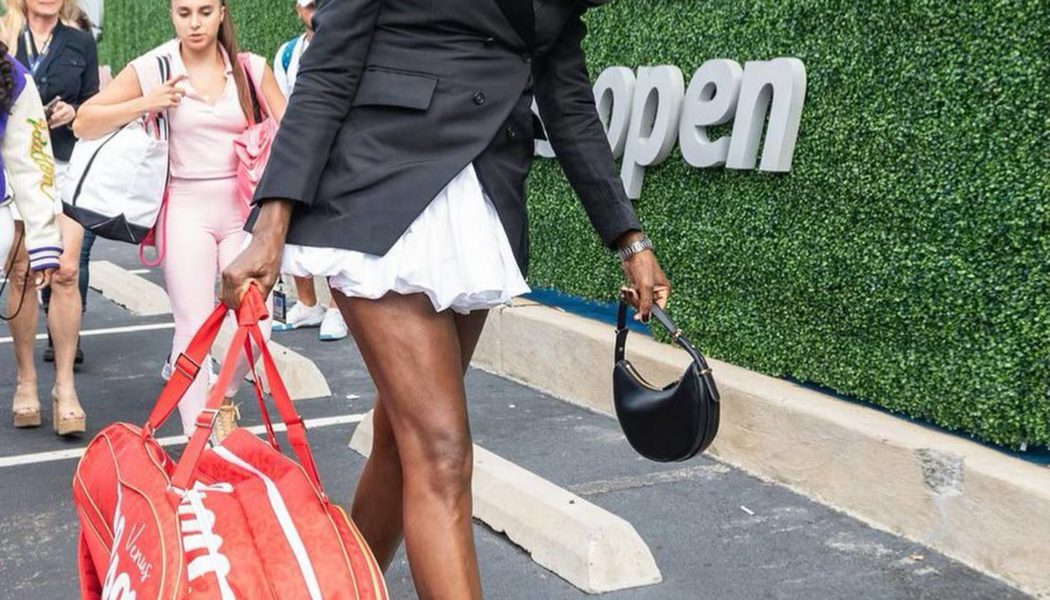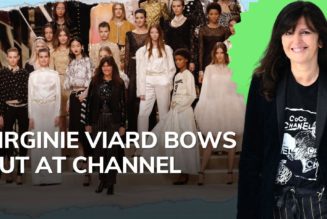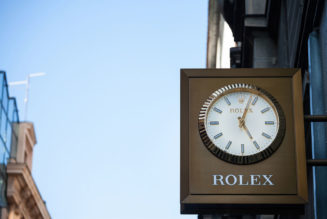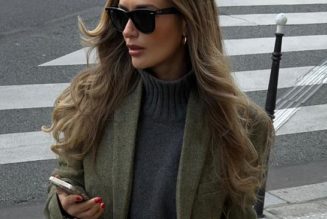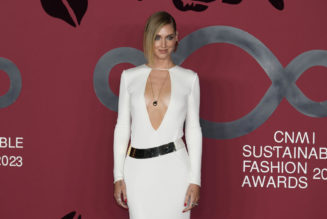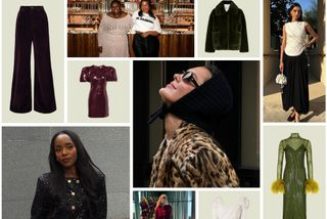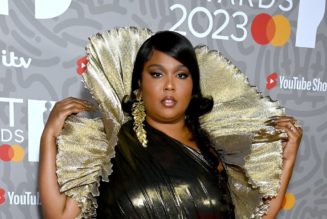NEW YORK — At the US Open Tuesday, Spain’s Carlos Alcaraz and Italy’s Jannik Sinner both triumphed in their respective matches, meaning the quarterfinals could see them go head-to-head in the latest chapter of tennis’s hottest burgeoning rivalry.
Luxury’s biggest brands are paying close attention: 20-year-old Alcaraz was signed as a house ambassador at Louis Vuitton earlier this summer, and last week launched the brand’s spring-summer 2024 formalwear campaign. Sinner, by contrast, has taken to repping Vuitton’s biggest rival, Gucci, creating viral moments as he carried monogram duffels from the Italian fashion giant onto the court (Last night’s bag included custom handles in the US Open’s signature shades of blue and yellow).
With its country club roots and history of stylish players, tennis has always been an attractive forum for brands from Rolex and Nike to Emirates and Mercedes Benz. But as the game becomes more popular, more global, and increasingly diverse, it’s attracting more and more luxury fashion brands, too, as the companies seek to grow on top of record sales by ramping up their engagements with sports and culture.
Brands who previously focused their cultural marketing efforts on pop stars and actors (whose videos, tours, and red carpet appearances made them natural partners for brokering visibility for clothes) or sports seen as less niche, the surging popularity of tennis — whose global fan base is estimated at 1 billion — has made it a prime target for marketers. It’s a fast-growing sport in Asia, a key market for luxury brands. Then there’s the new generation of players: a young, diverse, charismatic, and social-media savvy cohort with a taste for fashion who are creating new pathways for brands to authentically connect with consumers.
Dior tapped British champion Emma Raducanu in 2021 and Canadian player Felix Auger Aliassime in 2023, while Louis Vuitton made its first steps in the sport by signing an ambassadorship with Naomi Osaka, the multiracial Japanese and Hatian-American star. Earlier this year, Prada released its spring-summer ‘23 campaign featuring Reilly Opelka, a 6′11 American tennis player who is also known as an art and fashion aficionado.
“With an older generation now graduating, and a new generation coming in, the timing for luxury brands couldn’t be better,” says Jared Eng, stylist and founder of celebrity news site Just Jared. “They have an insane amount of talent shown on the court, and they have a global fanbase.”
Players’ Evolving Approach
Players have been doing more than ever to boost the sport’s appeal for marketers: Tuesday, tennis legend Venus Williams (a vanguard alongside her sister Serena in promoting synergies between tennis and fashion) attempted to create tennis’ version of the NBA “tunnel walk” — arriving for her match in an ensemble including pieces from Azzedine Alaia, Prada, and Willy Chavaria.
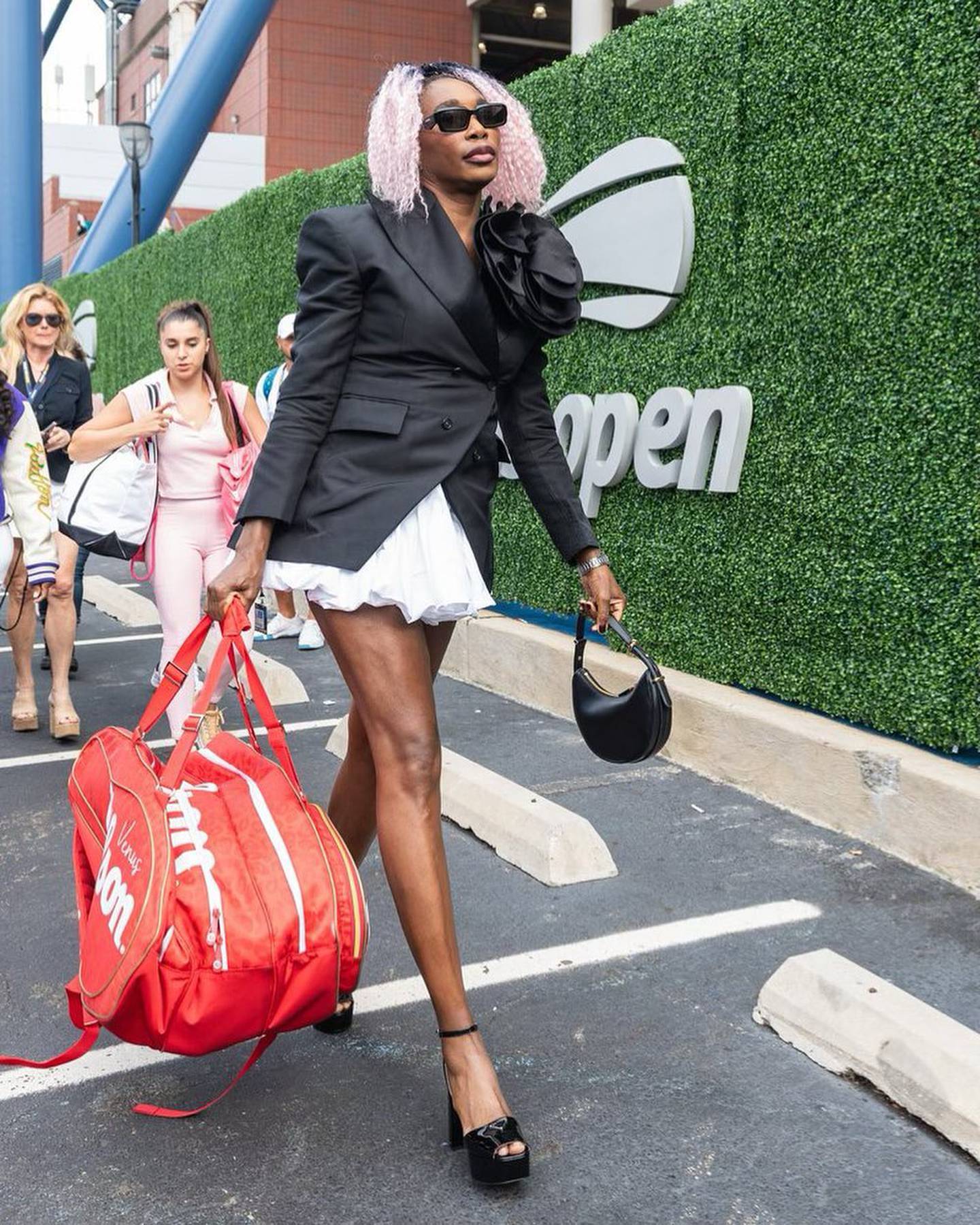
Whereas Williams’ norm-challenging tournament looks used to stand out from more conservatively-dressed rivals (and were often targets for racially-charged criticism), tennis’ new cohort of style-conscious players have made it an everyday occurrence to use fashion to showcase their personalities and interact with fans on social media. That’s helped to visually refresh the sport, as well as creating more opportunities to connect with consumers.
While Vuitton ambassador Alcaraz is known on the court for his magnetic combination of power, speed, and feel; online he’s also connected with fans over a burgeoning sneaker collection. Lanky redhead Sinner has attracted eyeballs for his high-velocity groundstrokes — as well as photo ops skiing gracefully in the Tyrolean mountains.
20-year-old biracial American Ben Shelton is known for his explosive play and for name-checking rappers like Central Cee online; Frances Tiafoe for his big serve, big forehand combination and compelling come-up story as the son of immigrants from Sierra Leone. Holger Rune, a tempestuous 20-year-old Dane, has excited fans with his Rafael Nadal-esque determination and openness to interacting with fans over DM.
On the women’s side, Osaka stands out from her cohort as one of the highest-paid female athletes in the world with cross-cultural appeal. But more recently Poland’s 22-year-old Iga Swiatek has made a name for herself by dominating games with the power and variety of her play, as well as promoting mental health. 19-year-old American Coco Gauff — a favorite to win the US Open — is known for her lethal backhand and speed, and viral TikTok dances. Mirra Andreeva, a precocious 16-year-old Russian has risen fast up the rankings while doing little to hide her charmingly girlish crush on Andy Murray.
At fashion weeks in Paris and Milan, athletes no longer hesitate to get in on the action. “Players are certainly no longer a rare sight,” says Sam Hines, a GQ writer and tennis fan. “Felix [Auger Aliassime] is there, Reilley’s [Opelka] is there, and Jannik [Sinner] too. It’s definitely now part of the promotional circuit these guys do.”
They increasingly see such activities as a two-way street rather than a promotional obligation, according to Carly Duguid, co-founder and creative director of Evolve, a talent agency co-founded by Osaka as well as Australian Nick Kyrgios and Tunisian Ons Jabeur.
“Fashion has become an important element in an athlete’s image,” Duguid said.
For fans (and the brands trying to reach them), “there’s a shift in the narrative of the sport from being previously exclusive to now feeling much more inclusive and available to whoever it is that wants to play it.”
Opelka’s clout in art and high fashion has been burnished by invites to attend Rick Owens show during Paris fashion week and a Prada campaign to boot. Osaka strategically aligned with cool brands as well as big sponsors from the beginning: for her first photo opp as the 2018 US Open champion, the then-20-year-old player wore a white dress from cult Franco-Japanese label Comme des Garçons.
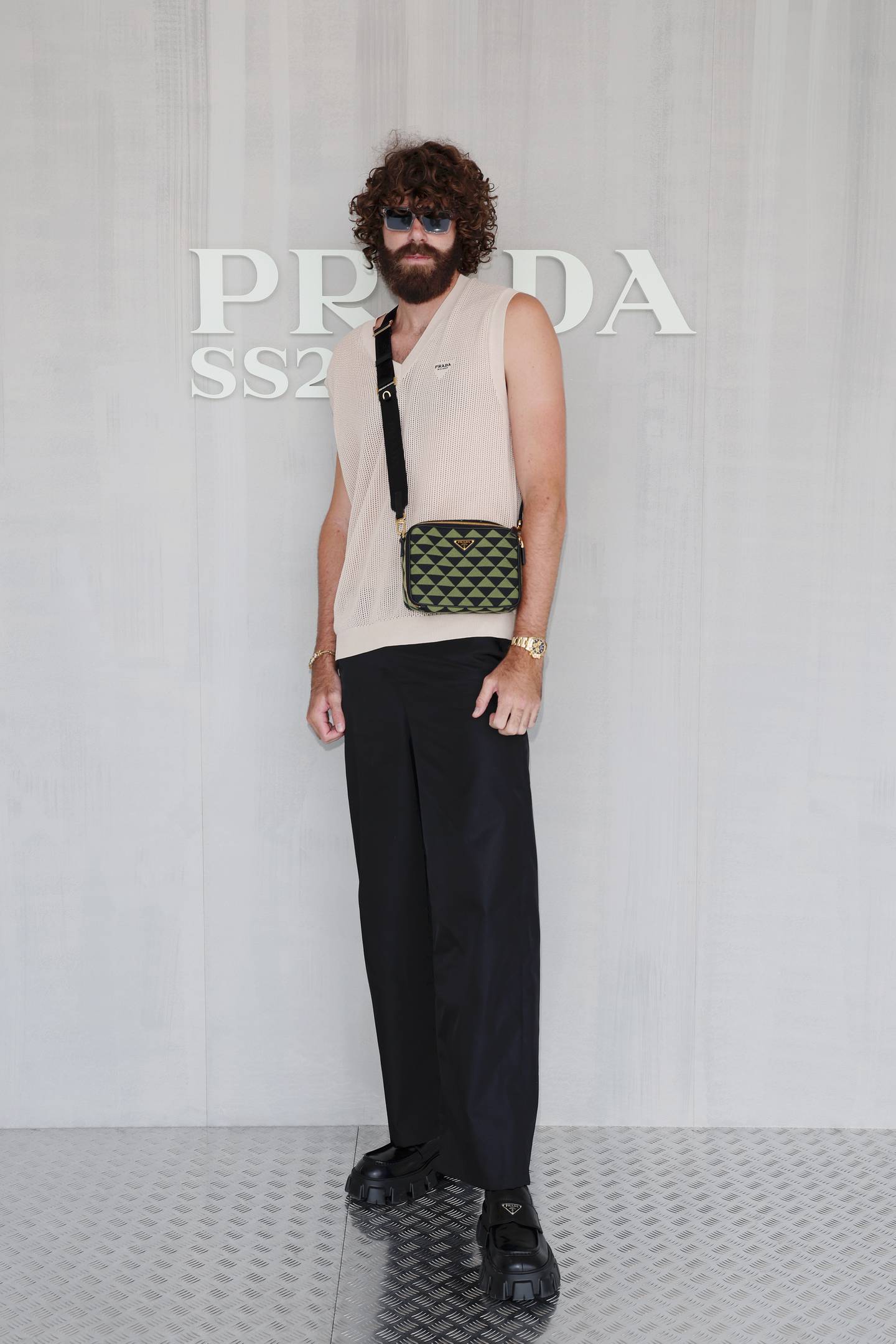
“[Fashion] brings about a lot of commercial opportunities,” says Duguid. “I would venture to say it opened the door for her bigger luxury brand partnership we did later with Louis Vuitton.”
‘Cultural’ Strategies
The rise of a new generation of tennis stars has fortuitously coincided with a shift in big luxury brands’ strategies as they seek to stretch fashion’s audience through associations with culture writ-large: meeting consumers wherever their interests lie via partnerships in sports (fashion tie-ups in Formula One are also booming), music (the costumes for Beyoncé’s tour have evolved it into a sort-of roving fashion week), film and more.
Louis Vuitton, which surpassed the historic threshold of €20 billion ($22 billion) in annual sales last year, staged a high-profile art collaboration with Yayoi Kusama and hired Pharrell Williams as its men’s creative director in a bid to tap the multihyphenate creator’s web of connections across sports, streetwear, art, beauty, luxury, and environmental activism. Parent company LVMH also paid €150 million to be a premier sponsor of the Paris Summer Olympics next year.
While tennis has always been seen as a deeply stylish game, “fashion is intersecting with athletics in a way that is bringing those two worlds closer together than ever before,” said GQ’s Hines.
As brands seek to grow on top of record sales, sports offer a highly universal way to connect with consumers. Beyond the breadth of that visibility, there’s also the quality of coverage to consider.
“Brands partner with sports ambassadors to harness the power of a winning narrative,” says Alison Bringé, chief marketing officer at fashion data consultancy Launchmetrics. In tennis, as in life — and business — no one wants to lose.
